
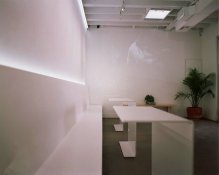
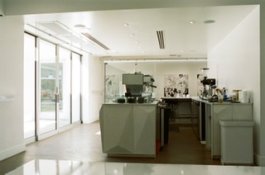
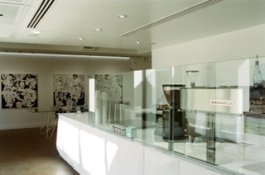
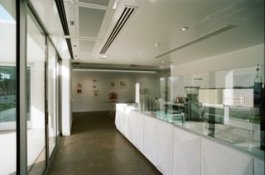
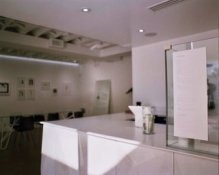
Hi all,
I apologize if this has been posted before but I couldn’t find a similar thread so here goes:
I’ve been shooting this coffee shop in my area off and on for years, and I never seem to get the exposure right. I think what presents the challenge is the mixture of warm outdoor light and cooler indoor artificial light (I don’t even know if it’s tungsten, or whether “tungsten” is a blanket term for artificial interior light of a certain temperature range). So my question essentially boils down to how one can shoot such a scene like this while preserving the true white of the interiors, or if that’s even possible using color film—perhaps utilizing flash is the only way? Or maybe these are all just underexposed, and the underlying tints are due underexposure compensation? Is this something that can be corrected in the dark room? Any help would be greatly appreciated. Thank you.
*In the reference photos attached, i’ve included exposures from both my Pentax 67 and Nikon F3, using Portra 800.






